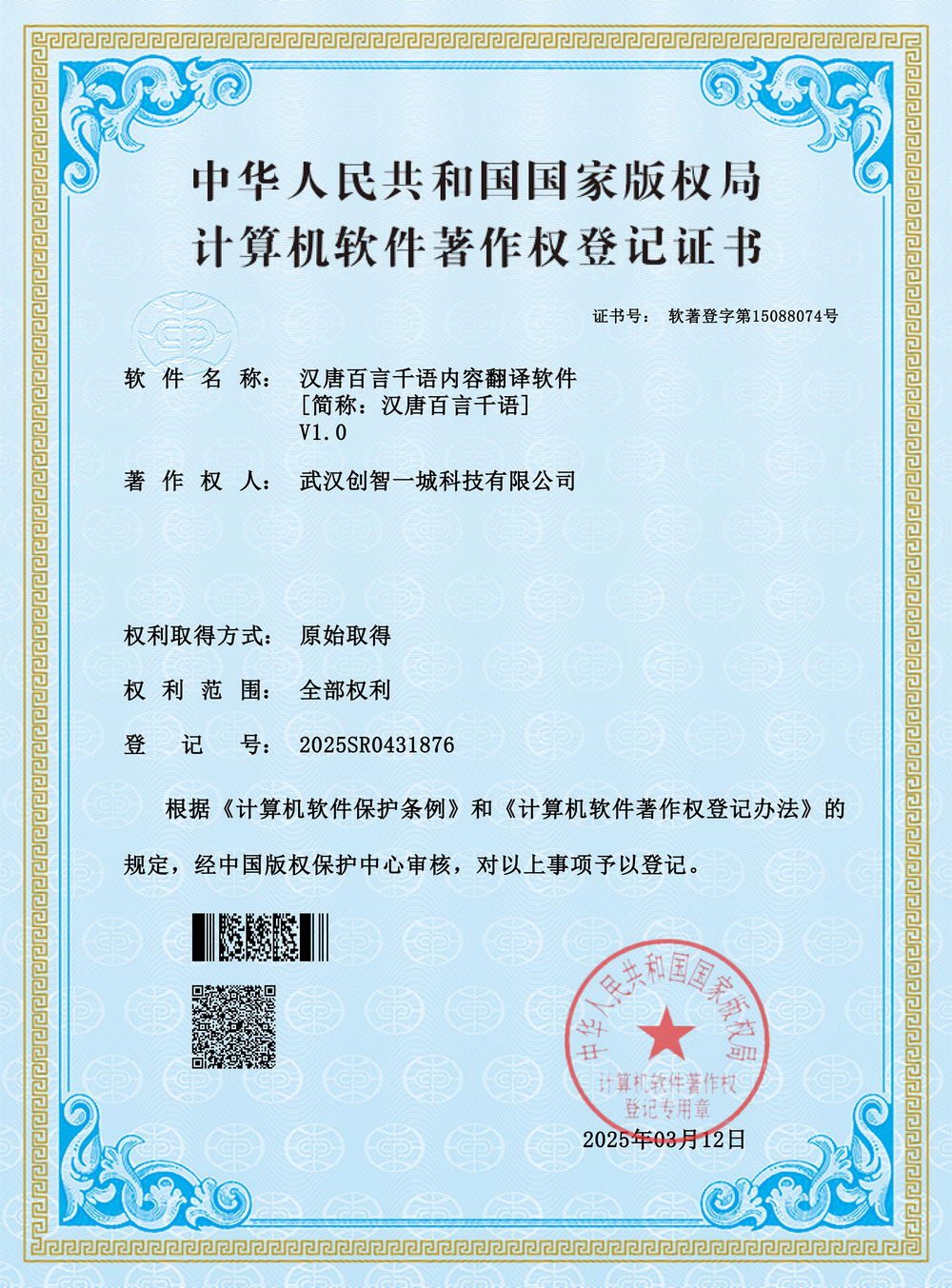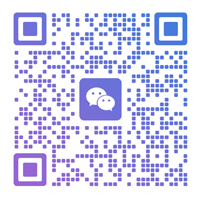The core translation functions and language support of the content translation software of the Han and Tang dynasties:
Multilingual website content translation: Automatically process text and text in images in foreign trade websites (such as product details pages, navigation menus, marketing copy, etc.), and supports mutual translation coverage in 114 languages (including mainstream languages such as English, Spanish, French, Arabic, and small languages such as Swahili or Icelandic), ensuring localized adaptation of content.
Intelligent translation engine: Adopt AI-driven neural network technology, which can recognize context and industry terms (such as "FOB" or "customs declaration" in the foreign trade field), improve translation accuracy (up to more than 95%), and supports batch processing and real-time updates to avoid inefficiency and errors in manual translation.
Custom translation rules: Allow companies to set language preferences and cultural taboo filtering (such as avoiding sensitive vocabulary) based on target markets (such as Europe, America or Southeast Asia), ensure that the content complies with local regulations and user habits, and enhance the professionalism and attractiveness of the website.
Application scenarios and global customer acquisition mechanism
The software is specially used to serve the multi-language website construction process of foreign trade enterprises, and its functional design directly drives global customer acquisition:
Website content localization:
When building or iterating a foreign trade website, quickly convert Chinese content into multiple languages to cover global potential customers (for example, automatically translate the Chinese product manual to German or Portuguese, and adapt to the German or Brazilian market).
Customer acquisition funnel optimization:
Improve the search engine optimization (SEO) ranking of the website (such as keyword localization) through precise translation to attract multilingual traffic; at the same time, integrate multilingual customer service systems (such as translated online chat) to promote inquiries to orders, helping enterprises achieve a closed loop from traffic to sales.
Scenario expansion:
The software is not limited to website content, but can also be used in email marketing, social media posts and other channels to form a unified global brand image and expand the scope of customer acquisition (such as attracting overseas B2B customers through translated LinkedIn content).
Technical advantages and practical benefits
Based on the functions of the software, it emphasizes efficiency, security and user-friendliness:
Efficiency and low cost: It realizes second-level response based on the cloud architecture, can process million-character content in a single time, greatly reducing enterprise translation costs (saving more than 70% of costs compared to manual translation), and provides an API interface to facilitate seamless integration with website building platforms such as Shopify and WordPress.
Data security and compliance: Adopt end-to-end encryption and GDPR compliance design to ensure the security of enterprise sensitive data (such as customer information) and avoid the risk of cross-border data breaches.
Summary of core benefits: Ultimately, software helps foreign trade companies to quickly enter emerging markets (such as countries along the Belt and Road) by eliminating language barriers, thereby achieving sustainable global customer acquisition and business growth.
Empowering the globalization of foreign trade
"Han and Tang 100-word content translation software" is not only a translation tool, but also a key partner in the digital transformation provided by our company to foreign trade companies. With comprehensive support in 114 languages as the core, it deeply integrates website content localization and customer acquisition strategies, providing enterprises with end-to-end solutions from content building to customer conversion. In the global competition, the software can significantly improve the market response speed and competitiveness of enterprises (for example, helping small and medium-sized enterprises expand overseas channels at low cost), ultimately driving revenue growth and brand internationalization.





















 English
English








































































